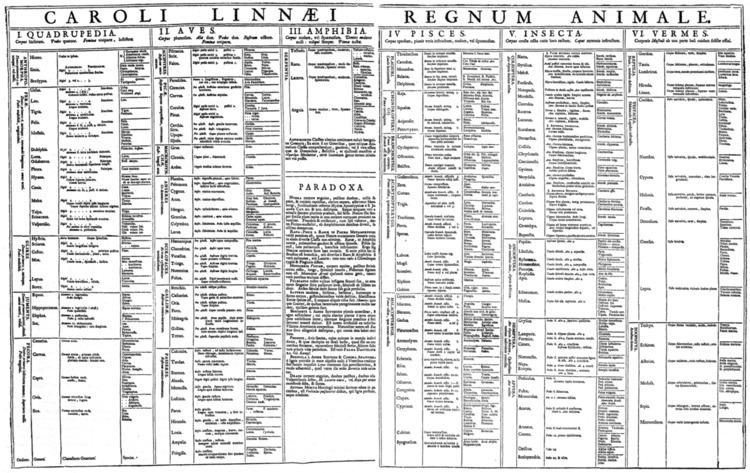The year 1735 in science and technology involved some significant events.
(Text) CC BY-SA

